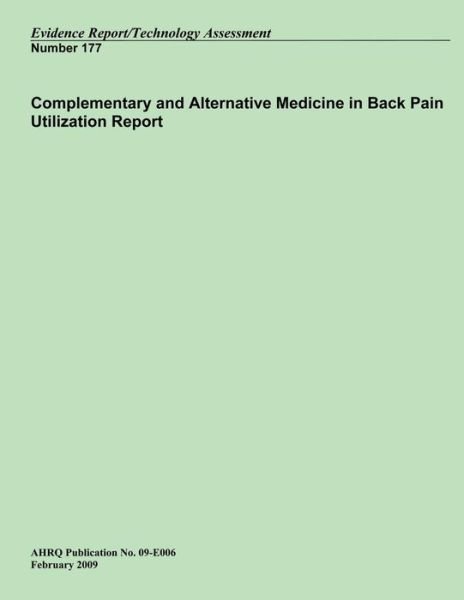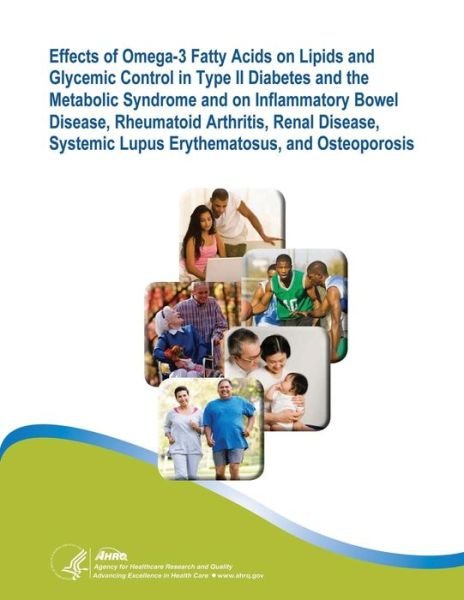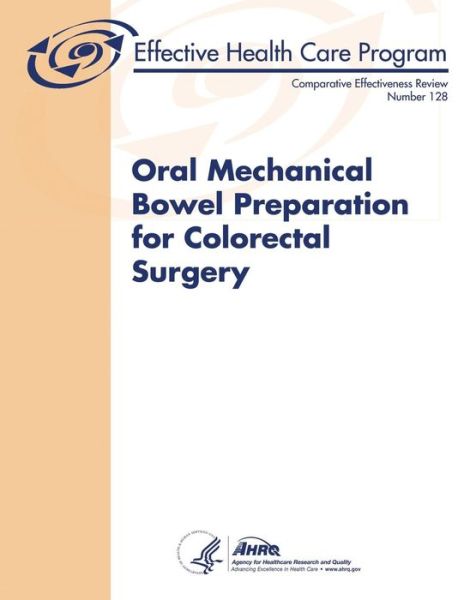
Tell your friends about this item:
Effects of Omega-3 Fatty Acids on Eye Health: Evidence Report / Technology Assessment Number 117
U S Department of Healt Human Services
Effects of Omega-3 Fatty Acids on Eye Health: Evidence Report / Technology Assessment Number 117
U S Department of Healt Human Services
Publisher Marketing: The purpose of this study was to conduct a systematic review of the scientific-medical literature to identify, appraise, and synthesize the human evidence for the effects of omega-3 fatty acids on eye health. Visual health is a broad topic, yet we focused on eye health conditions that have a large public health impact in North America. Impact was defined in various ways. Our definition encompassed conditions that either demonstrate high prevalence (e.g., diabetic retinopathy, agerelated macular degeneration [ARMD], and retinal vascular occlusions), produce many potential years of vision loss in that they affect the young (e.g., retinitis pigmentosa [RP]), or constitute a challenge to health services in no small part because they are costly to treat (e.g., cataracts). The brain and eye are highly enriched with omega-3 fatty acids, which accumulate in these tissues during late fetal and early neonatal life. Very high levels of docosahexaenoic acid (DHA) are present in the retina, specifically in the disk membranes of the outer segments of photoreceptor cells. DHA accounts for over half the total fatty acyl groups present in the phospholipids of rod outer segment membranes, a proportion higher than is found in any other tissues. Its specific role, however, is not well understood. The role of DHA may be related to its biophysical effects on the cell membrane. DHA influences the biophysical properties of membranes via its high polyunsaturation, and may help to create a membrane that accommodates the dynamic behavior of rhodopsin during the photoreceptive process. In addition, DHA may modulate the activity of membrane bound enzymes and receptors, and the kinetics of membrane transport systems, as well as being a precursor for the synthesis of other biologically active molecules. A number of studies in preterm and term human infants have suggested that a dietary supply of omega-3 fatty acids may be essential for optimal visual development. Finally, animal data suggest that retinal degeneration in rats might be prevented by dietary intake of DHA, and DHA administered before ischemia may reduce pressure-induced retinal damage in monkeys. It is against this backdrop that the key questions were investigated. Our project's overarching goal was to systematically review the human evidence to help develop a research agenda.
| Media | Books Paperback Book (Book with soft cover and glued back) |
| Released | June 29, 2014 |
| ISBN13 | 9781500354596 |
| Publishers | Createspace |
| Pages | 162 |
| Dimensions | 216 × 279 × 9 mm · 390 g |

 Christmas presents can be returned until 31 January
Christmas presents can be returned until 31 January

































